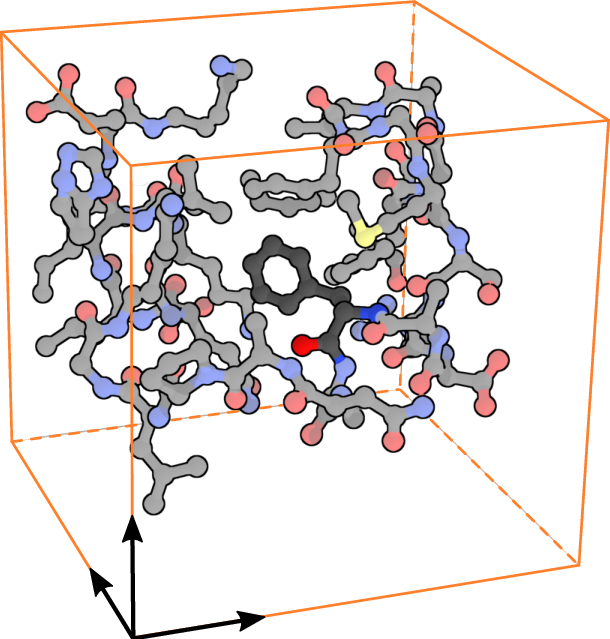Section: New Results
New method for protein model quality assessment Ornate
Participants: Benoit Charmettant, Guillaume Pagès, Sergei Grudinin.
Publication: bioRxiv preprint, 2018 [28].
Protein model quality assessment (QA) is a crucial and yet open problem in structural bioinformatics. It consists of estimating a score to assess whether a given three-dimensional structure is correctly folded or not. The current best methods for single-model QA typically combine results from different approaches, each based on different input features constructed by experts in the field. Then, the prediction model is trained using a machine-learning algorithm. Recently, with the development of convolutional neural networks (CNN), the training paradigm has changed. In computer vision, the expert-developed features have been significantly overpassed by automatically trained convolutional filters. This motivated us to apply a three-dimensional (3D) CNN to the problem of protein model QA.
We developed a novel method for single-model QA called Ornate. Ornate (Oriented Routed Neural network with Automatic Typing) is a residue-wise scoring function that takes as input 3D density maps. It predicts the local (residue-wise) and the global model quality through a deep 3D CNN. Specifically, Ornate aligns the input density map, corresponding to each residue and its neighborhood, with the backbone topology of this residue. This circumvents the problem of ambiguous orientations of the initial models. Also, Ornate includes automatic identification of atom types and dynamic routing of the data in the network. Established benchmarks (CASP 11 and CASP 12) demonstrate the state-of-the-art performance of our approach among single-model QA methods. A manuscript describing this method has been submitted for publication and is available on bioRxiv [28].


